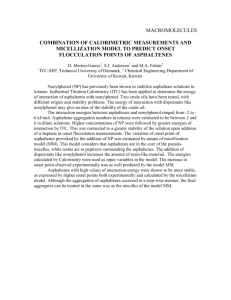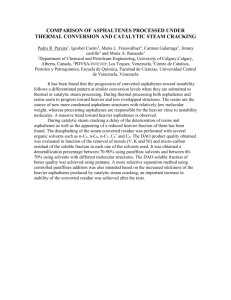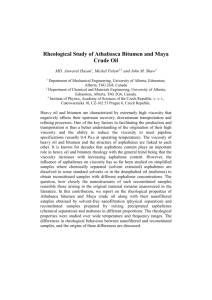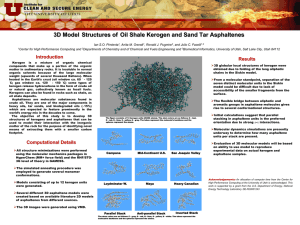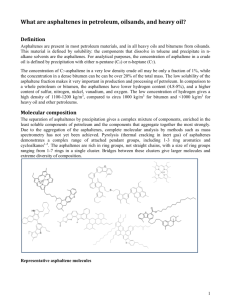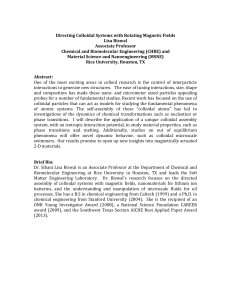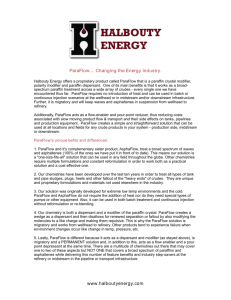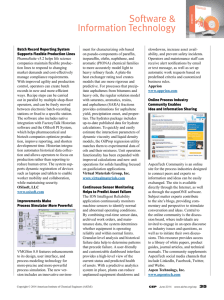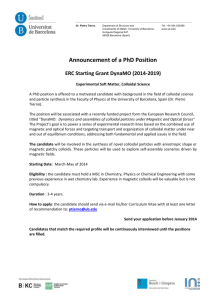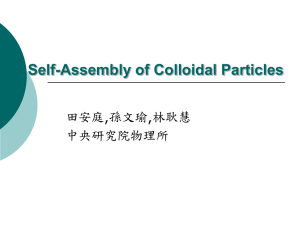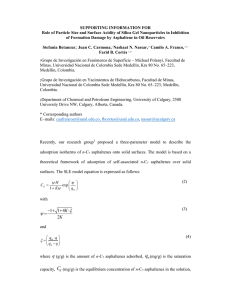MACROMOLECULES
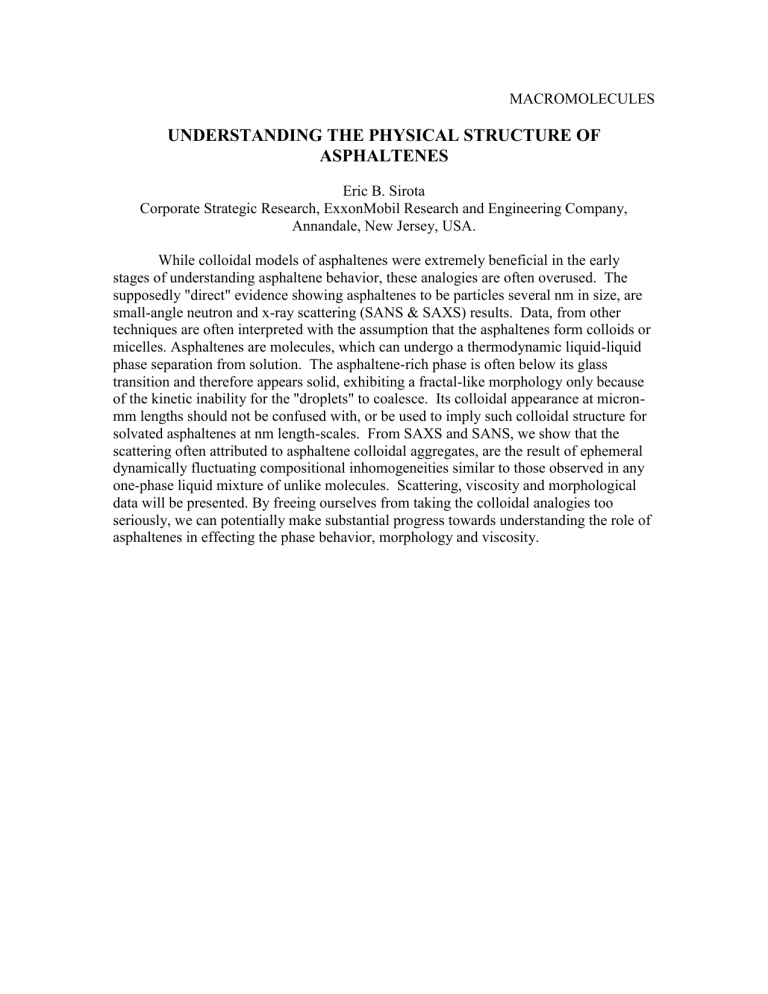
MACROMOLECULES
UNDERSTANDING THE PHYSICAL STRUCTURE OF
ASPHALTENES
Eric B. Sirota
Corporate Strategic Research, ExxonMobil Research and Engineering Company,
Annandale, New Jersey, USA.
While colloidal models of asphaltenes were extremely beneficial in the early stages of understanding asphaltene behavior, these analogies are often overused. The supposedly "direct" evidence showing asphaltenes to be particles several nm in size, are small-angle neutron and x-ray scattering (SANS & SAXS) results. Data, from other techniques are often interpreted with the assumption that the asphaltenes form colloids or micelles. Asphaltenes are molecules, which can undergo a thermodynamic liquid-liquid phase separation from solution. The asphaltene-rich phase is often below its glass transition and therefore appears solid, exhibiting a fractal-like morphology only because of the kinetic inability for the "droplets" to coalesce. Its colloidal appearance at micronmm lengths should not be confused with, or be used to imply such colloidal structure for solvated asphaltenes at nm length-scales. From SAXS and SANS, we show that the scattering often attributed to asphaltene colloidal aggregates, are the result of ephemeral dynamically fluctuating compositional inhomogeneities similar to those observed in any one-phase liquid mixture of unlike molecules. Scattering, viscosity and morphological data will be presented. By freeing ourselves from taking the colloidal analogies too seriously, we can potentially make substantial progress towards understanding the role of asphaltenes in effecting the phase behavior, morphology and viscosity.
